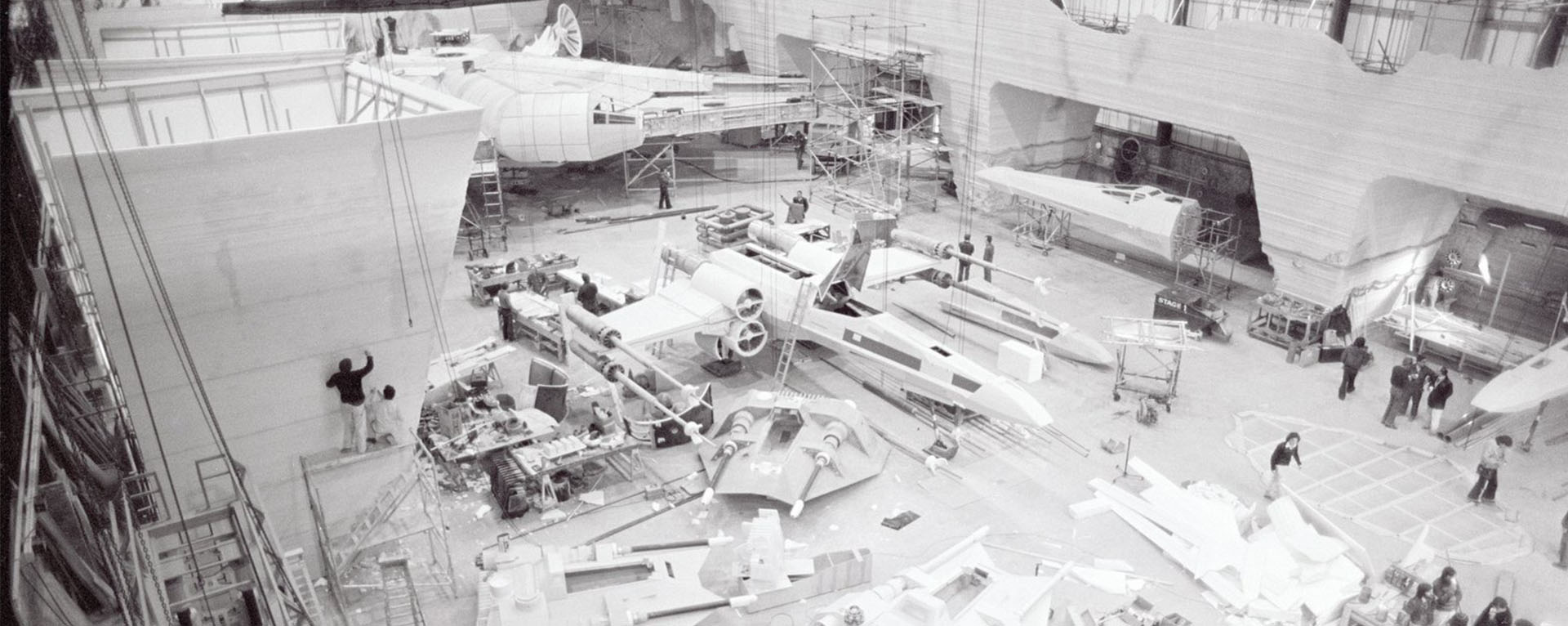History in Objects: Dispatches From The Empire Strikes Back
Flash Back to Empire As It Was Being Made
“History in Objects” is a continuing series exploring Lucasfilm’s legacy stretching from our founding in 1971 to today. Through objects both rare and commonplace, the company’s past, present, and future are brought to life.
English writer Alan Arnold (1922-1987) joined The Empire Strikes Back production team as unit publicist in 1978, a handful of months before the start of principal photography. In addition to chronicling notes and interviews for his ultimate book on the making of Empire (Once Upon a Galaxy: A Journal of the Making of The Empire Strikes Back), Arnold wrote and submitted numerous press announcements during filming, marking the first time much of the information had been made public.
A pile of these recently uncovered “breaks” provides a time capsule to 40 years ago and the surge of excitement that preceded Empire’s release.
Highlights from the 50+ documents are summarized, with four copies available to read in their original form along the sidebar.
In a dispatch from Finse, Norway in March 1979, Arnold wrote that “the first picture [released from the film]…shows young Luke on an ice planet astride a creature most people would prefer to meet in their dreams – or nightmares.”
In another dispatch, Arnold highlighted Finse’s use as a German base during World War II, where the occupying force attempted to convert a nearby glacier into a missile site. A local, “unimpressed” with the visiting film production, told Arnold, “If you’ve seen soldiers trying to fill [the cracks in] your glacier with sawdust you’ve seen about everything. So now it’s an ice planet.”
When the main unit returned to England a couple weeks later, producer Gary Kurtz remarked to Arnold that “without [the Norwegian crew’s] specialized knowledge of conditions, the cooperation of everyone, the assistance of government and airline officials, the hotel people and the railway authorities, and the work of the fine Norwegian crew members, this location could not have been successful.”
Actress Carrie Fisher teased her character’s romantic entanglement with Han Solo: “It’s like in the 1930[s] films with Fred and Ginger fighting up to the last reel. It’s Bogart and Bacall, Tracey and Hepburn. It’s two independent people, quarreling and fighting, and then they neck. That’s what it is. It’s romance in celluloid. Seriously though, I believe both characters are far more dimensional in The Empire Strikes Back…” (Another release attempted to stir interest by describing a love triangle between Han, Leia, and Luke.)
George Lucas explained the concept of the Star Wars films as a saga. He described a nine-part epic across a 40-year timeline, for which Lucas already had ideas. “It’s a history,” he said. “Luke [Skywalker] is a pawn in an adventure that has been going on for longer than his span of years.” It was among the first times Lucas explained his larger vision.
On June 1st 1979, The Tredoulat family of Paris, France were welcomed to the Empire set for a special tour and lunch with Mark Hamill, Carrie Fisher, and Harrison Ford. The year before, they were lucky enough to have been the one millionth viewers to purchase tickets to see Star Wars: A New Hope during its original Paris run. Eight-year-old Emmanuel Tredoulat said the visit was “a trip into Wonderland.”
Cameras stopped rolling temporarily on June 11th, when many crew members attended the funeral of production designer John Barry (winner of an Academy Award for his work on A New Hope), who’d died suddenly over a week earlier. Barry was serving as second unit director on Empire, having left another production to join the team. “I’m happy to be with the Star Wars company again,” he had told Arnold. “It’s like coming home.”
On Monday morning, June 25th, Arnold wrote an internal memo to Lucasfilm staff back in the United States with new information “available to any media that may enquire.” In the early-morning hours “a son was born to Mark and Marilou Hamill” at a London hospital. Nathan Elias Hamill was their first child, and both mother and child were reported to be “doing fine.”
“Eight sound stages at the EMI-Elstree Studios were haunted by the ghosts of a distant galaxy,” Arnold wrote on September 7th, 1979, “as The Empire Strikes Back completed principal photography…Now the stages are dark, the crew is dispersing and there is a feel of yesterday in this place of make-believe. But there is also the promise of tomorrow…”
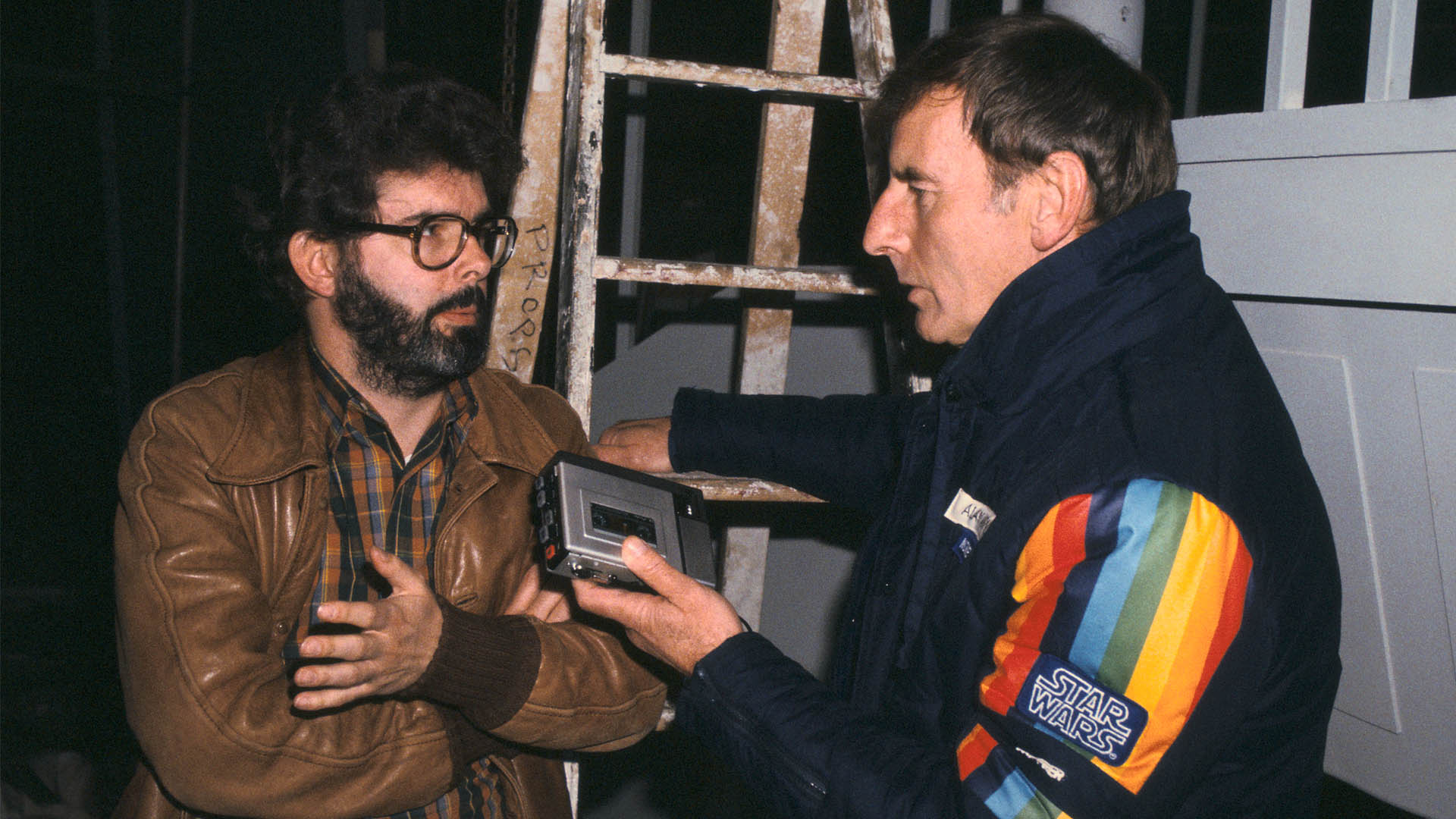
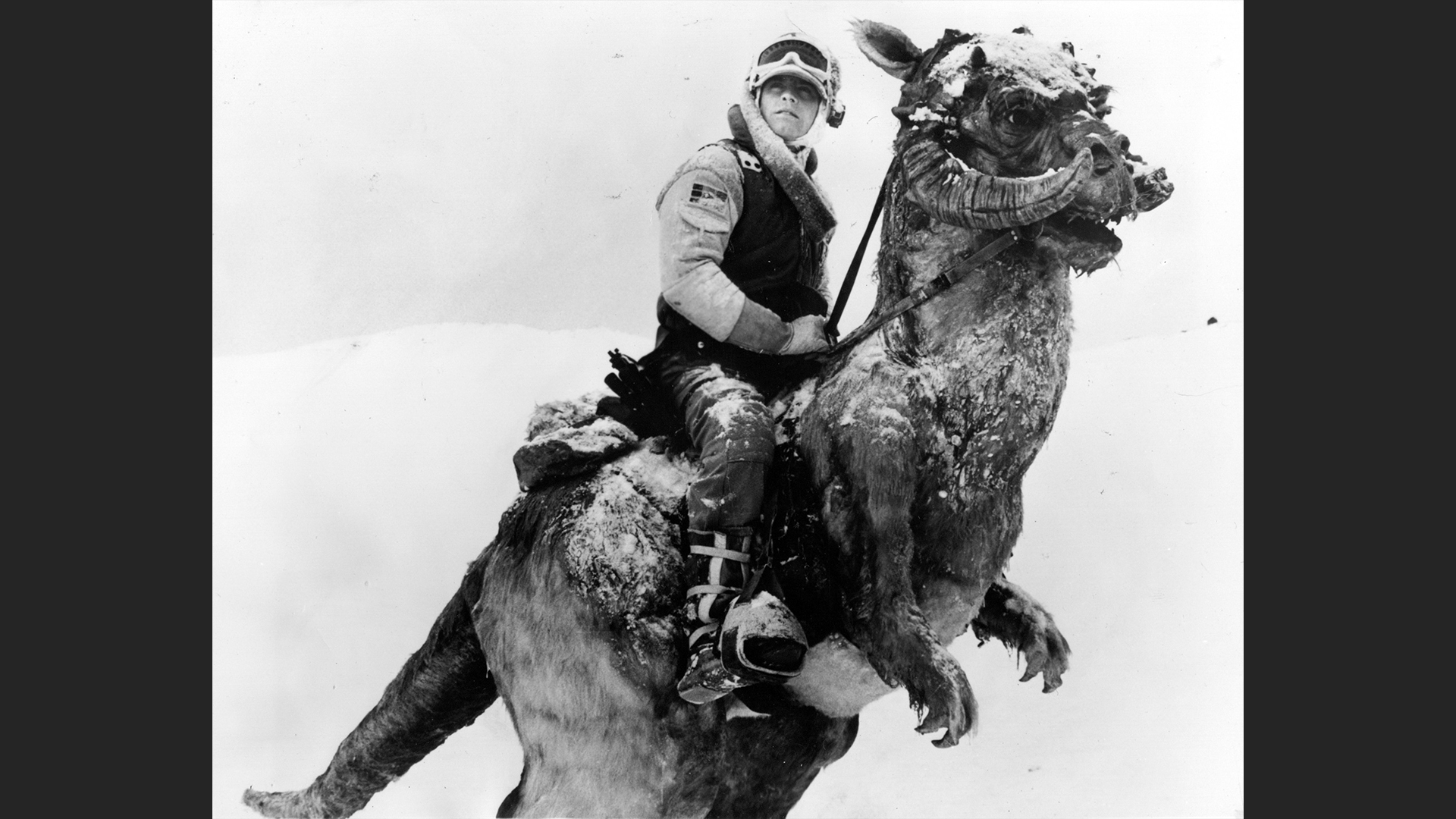
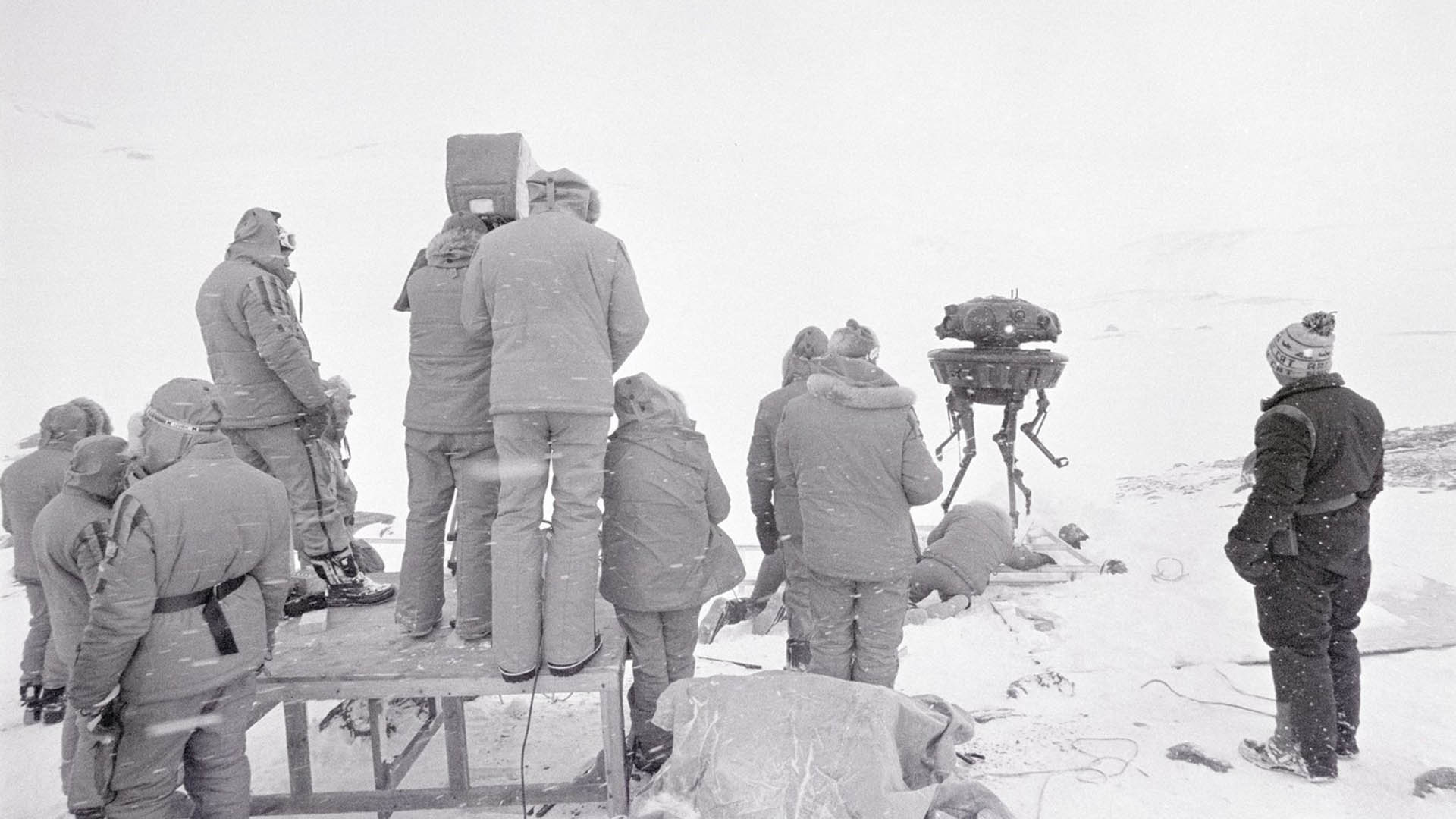
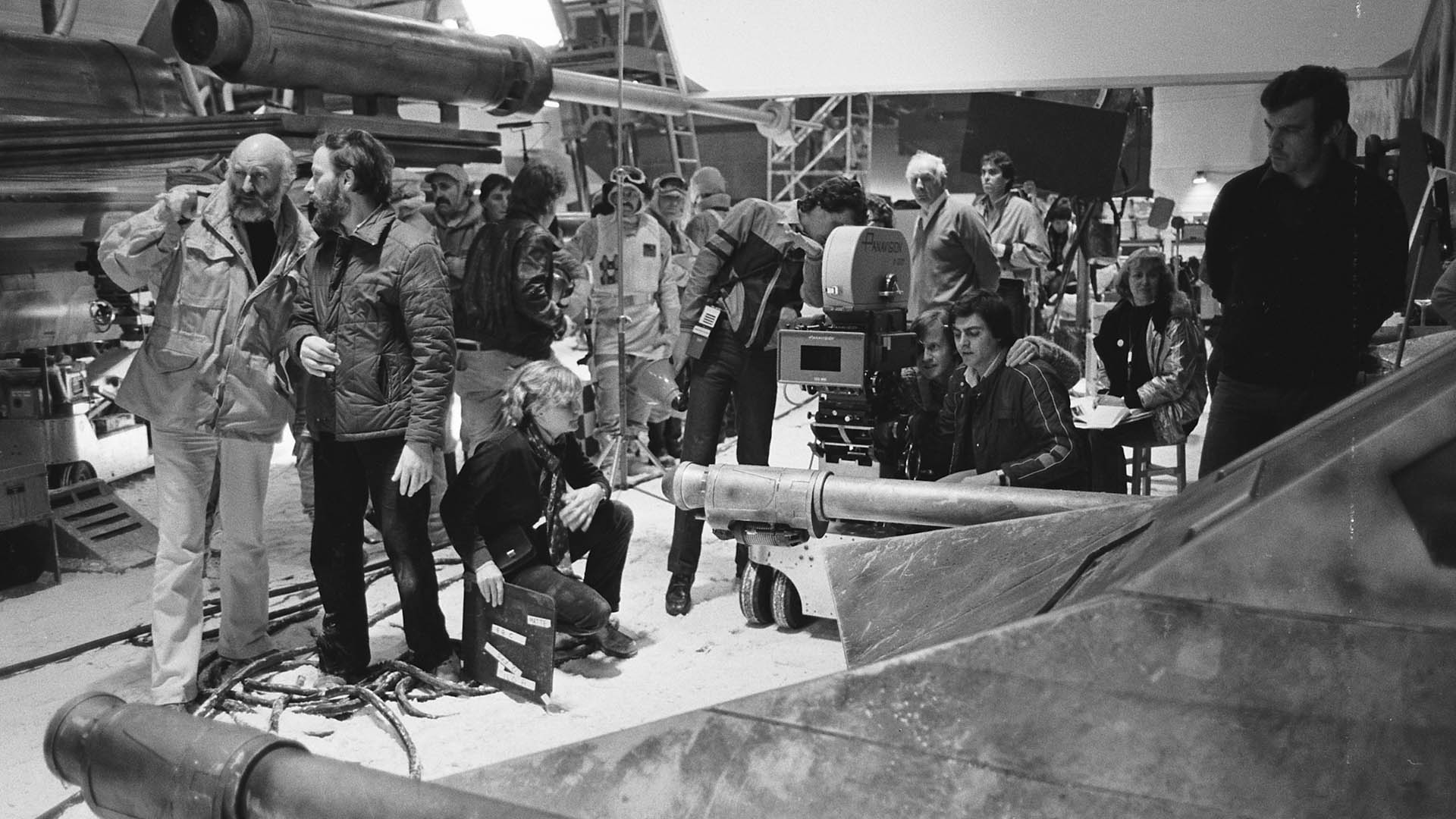
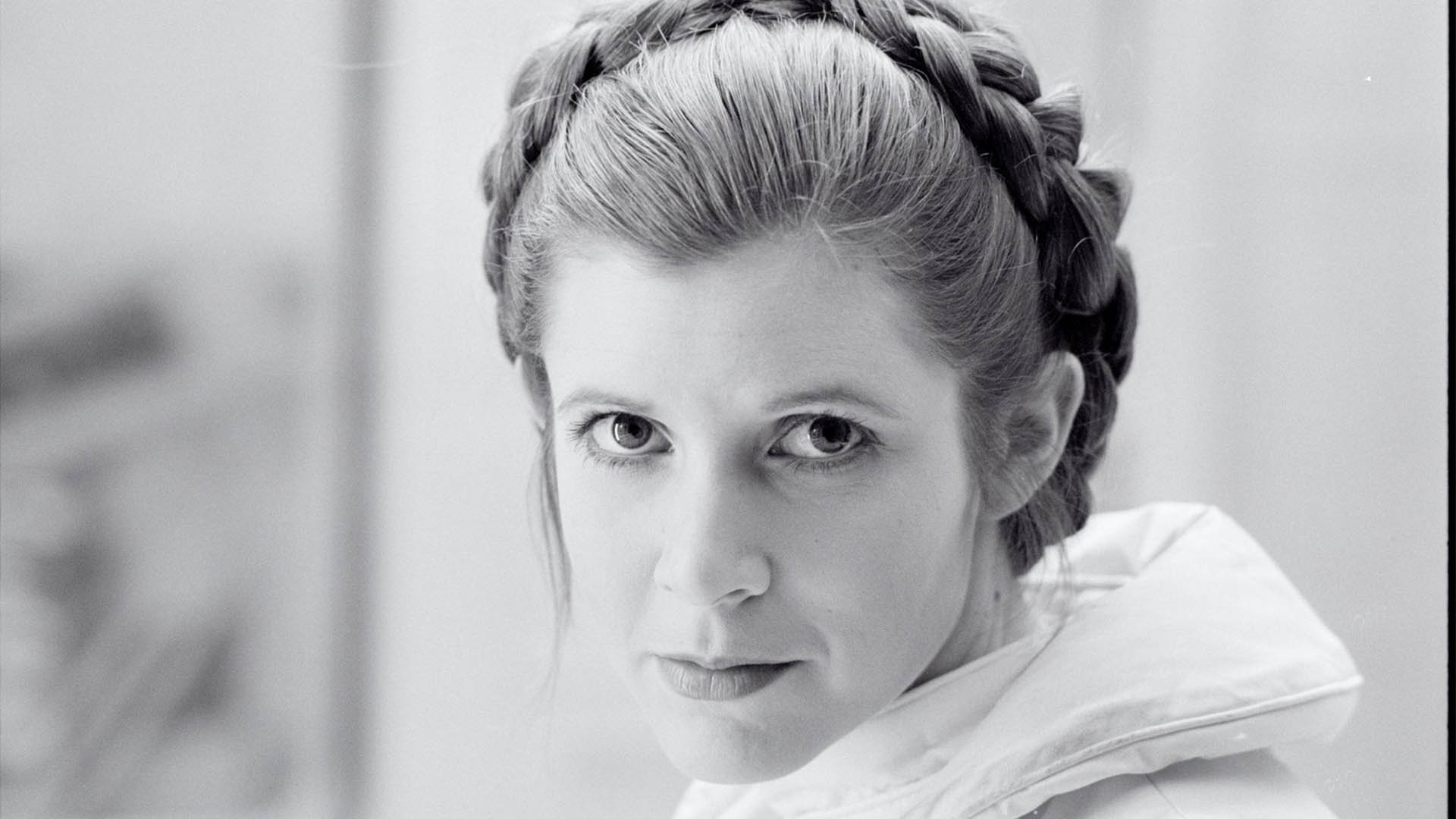
Lucas O. Seastrom is a writer and historian at Lucasfilm.

